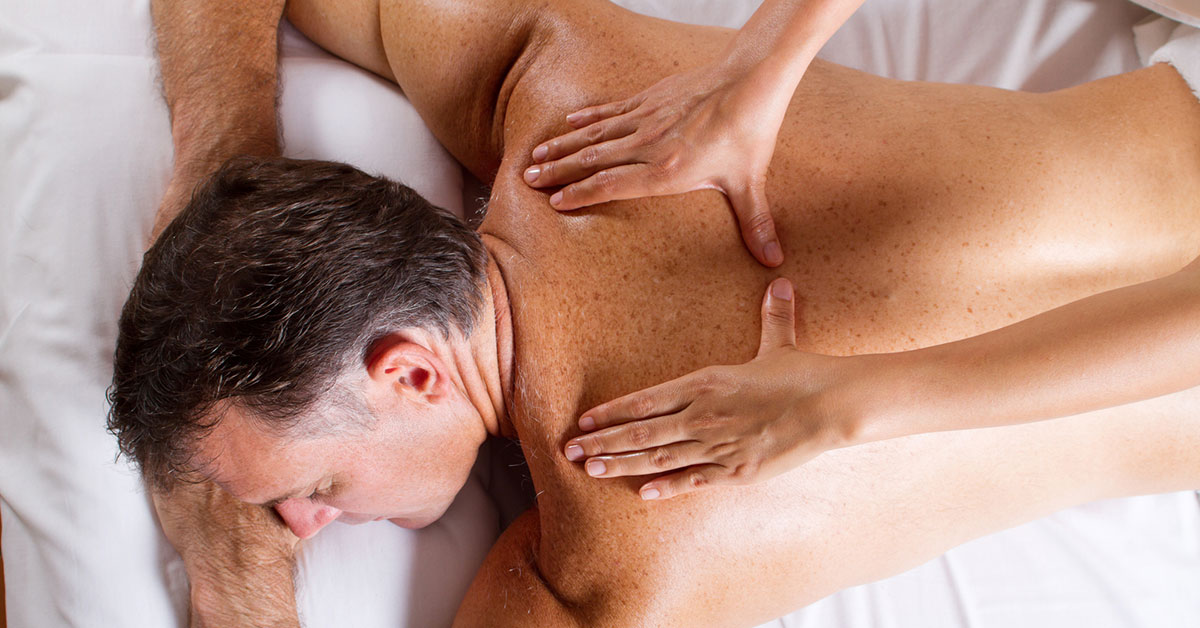Massage therapy is an increasingly popular complementary treatment for many health conditions, including anxiety, sleep problems, and pain.
About 7 percent of U.S. adults – 15.5 million people – saw a massage therapist in 2012, up from 5 percent in 2002, according to the Centers for Disease Control and Prevention (CDC).
While the growth is impressive, it is no surprise that massage has a long history of use in both Eastern and Western cultures. Ancient cultures used massage for pain relief.
Many scientific studies carried out in the West have consistently shown promising results for many different health conditions.
Read on to learn about the science-backed benefits of massage and potential risks.
What is massage?
Massage is a blanket term for practices that involve pressing and rubbing the body using hands. Depending on the type of massage, a massage therapist may apply varying degrees of pressure to your skin, muscles, and joints. A massage therapist is a licensed professional specializing in massage techniques.
People see a massage therapist for many reasons – to relieve stress, relax muscles, reduce pain, and enhance wellness.
Massage (along with acupuncture and chiropractic) is a complementary health approach. Complementary treatment is a non-mainstream approach used together with conventional (mainstream) medicine.
5 Evidence-Based Health Benefits of Massage
1. Relieves Anxiety
Anxiety is one of the most common mental illnesses affecting millions of Americans. While anxiety is a well-defined disease on its own, it could also be associated with short-term and chronic pain.
According to a 2016 review study, massage therapy could be more beneficial than relaxation, physical therapy, or exercise for reducing anxiety in people with muscle and joint pain. The researcher also noted that massage might improve the quality of life in these people.
A one-hour massage can lower cortisol – the stress hormone – by about 30 percent and increase serotonin – the happy hormone – by 28 percent. The combined effect is that you will feel relaxed, less anxious, and happier.
2. Improves Sleep
About 70 million Americans have long-term sleep problems, reports CDC. Insomnia is a common sleep problem that causes problems with falling or staying asleep.
In 2014, researchers from Brazil studied the benefits of massage therapy in postmenopausal women with insomnia. Participants who received massage therapy had significant improvements in:
- Sleep stages
- REM latency – the time required to sleep a deep sleep stage called rapid eye movement (REM)
- Anxiety and depression
The findings corroborated with an earlier result that showed back massage significantly improved sleep quality in women following delivery.
3. Can Help Lower Blood Pressure
Over 100 million Americans have hypertension (high blood pressure). Hypertension increases the risk of heart disease, stroke, and death.
Massage therapy is often used in people with high blood pressure and other conditions, such as chronic pain and anxiety.
In people with hypertension, even short sessions of face, neck, shoulders, and chest massage can decrease:
- Systolic (the top/first number) and diastolic blood (the bottom/second number) pressure
- Depression
- Cortisol in urine and saliva (too much cortisol can cause hypertension)
4. Helps Boost Immune Function
Your immune system is crucial to preventing infections and autoimmune disorders. It should be competent to fight off disease-causing microorganisms but should not harm the body’s healthy tissues.
Swedish massage for 45 minutes once or twice a week for 5 weeks reduces cortisol, decreases inflammation, and increases immune cells. Besides, it makes your immune system more vigilant.
5. Helps Reduce Pain
Chronic pain is a debilitating condition that affects 1 in 5 American adults. Despite medical interventions and widespread use of narcotic painkillers, chronic pain remains a serious health issue in the U.S.
Massage can help lower pain by improving circulation, increasing feel-good chemicals, and decreasing stress.
A 2013 study suggests that relaxation and structural massage improves function and relieves symptoms of chronic back pain. Most importantly, the researchers note that the benefits can last 6 months or even longer.
The Real Benefits of Massage on your Health
Study after study backs up the true physical, psychological and even physiological effects of massage, which is why it’s one of the Key Areas of Health at Society of Wellness and why it’s so important to add regular massages into your health routine.
Considering massage as part of your health routine but not sure what type of massage to start with? Read our article here to get started.


